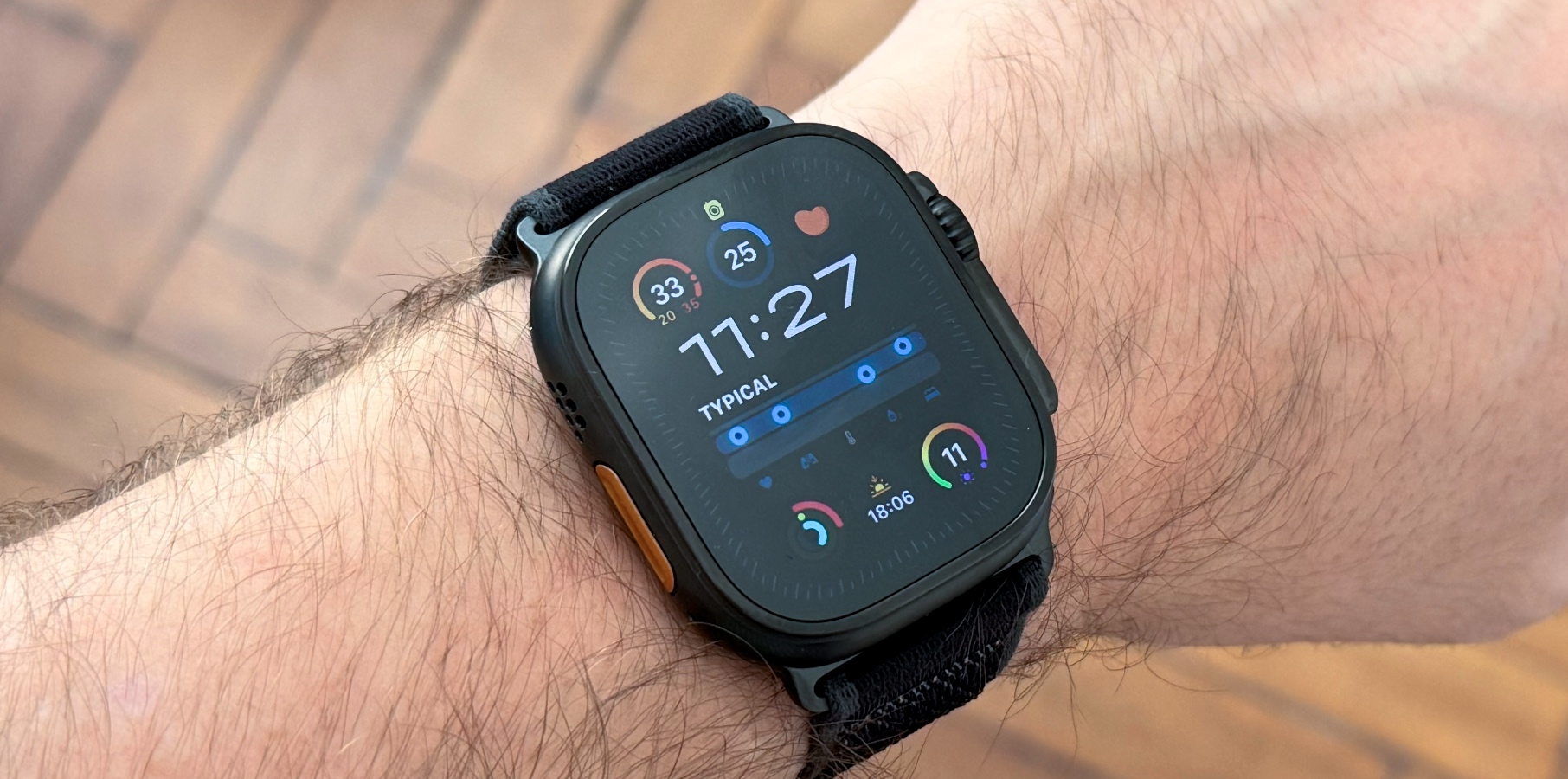Apple Watch to Introduce Camera Functionality for Visual Intelligence AI

The Importance of AI Vision Technology
Enhancing AI Assistants with Visual Capabilities
The ability for artificial intelligence to "see" the world is crucial for the future of AI assistants like ChatGPT and Gemini. This technology aims to make these systems more responsive and helpful in real-time situations. For instance, imagine being able to capture information from a poster or leaflet effortlessly. Or think about traveling where the AI could translate signs and menus that you don’t understand. Such visual capabilities can dramatically enhance the usability and functionality of AI.
Existing Smart Devices and AI Integration
Smartphones, such as iPhones and Android devices, already have the potential to utilize AI through their built-in cameras. Google has integrated a feature known as Google Lens, allowing users to capture and interpret visual data easily. This year, Apple introduced Visual Intelligence on the iPhone 16, with plans to extend the feature to the iPhone 15 Pro models soon.
Examples of AI-Enhanced Devices
- Google Lens: Integrated into Google’s products, this feature helps users understand their surroundings through their phone cameras.
- Visual Intelligence on iPhone 16: This feature allows for real-time object recognition and translation but is currently exclusive to the latest model.
- Ray-Ban Meta Smart Glasses: A more specialized device, these smart glasses are designed for the AI age, enabling users to interact with their environment hands-free.
The Future of Wearable Devices with AI Capabilities
Our gadgets are evolving to incorporate smarter features, like cameras specifically designed to support AI functionalities. For example, companies like Google and Samsung are developing AI smart glasses that have augmented reality (AR) capabilities. However, some devices are still in the experimental phase.
Possibilities for Apple’s Future Devices
Currently, Apple is exploring the idea of integrating cameras into various devices, such as AirPods and the Apple Watch. Although AirPods with cameras seem feasible due to how they are worn, there are concerns around functionality. Placing cameras in the Apple Watch poses unique challenges. Users would need to position their wrists awkwardly to enable the AI to view their surroundings effectively, which could turn out to be inconvenient.
Challenges with Camera Integration
Adding cameras to wearable technology like the Apple Watch raises several concerns.
- Practical Usage: The usability of a camera on a smartwatch, especially when flipping the wrist to take a photo, seems impractical.
- Battery Life: Incorporating a camera could significantly affect battery performance, reducing the device’s lifespan.
- Space Constraints: With watches becoming thinner, finding space for new technology like a camera is challenging.
Apple’s Vision for the Future
Despite the challenges, Apple is determined to innovate. According to tech analyst Mark Gurman, plans to add cameras to Apple Watch models are in progress, but these features would not hit the market for several years. The Series Watch might house a camera within the display, while the Ultra model could feature one on its side.
Apple’s strategy seems to be focused not only on wearable technology but also on developing dedicated AI products, like smart glasses that could make interacting with AI more intuitive. A report suggests that Apple is committed to launching AR glasses and exploring smart glasses, although products are still a long way off.
Current and Future AI Developments
For Apple to stay competitive, it must first enhance its existing AI capabilities. This includes launching advanced features for Siri and developing proprietary AI models instead of relying on external sources. Reports indicate that improvements are underway, suggesting that the future of Apple’s AI technology is promising.
In the meantime, expectations for camera-equipped AirPods and Apple Watch models suggest a 2027 launch. The shift toward smarter devices that offer more robust AI integration highlights the evolving landscape of technology, emphasizing the importance of visual understanding in devices designed for everyday use.






